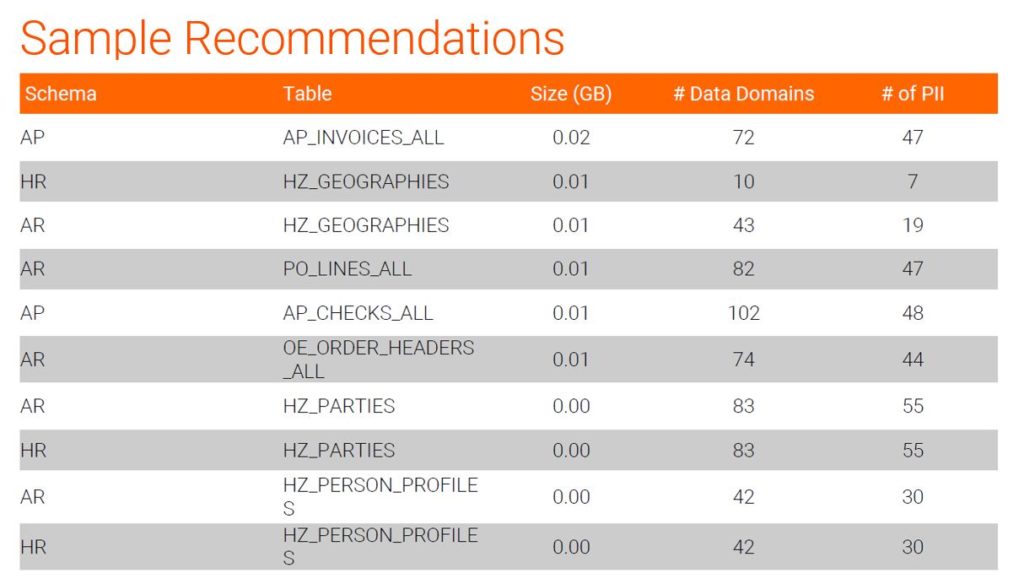Introducing the Intelligent Data Migration Assessment for Modernizing Your EDWs to Amazon Redshift

There’s a great deal of momentum in the industry to modernize traditional on-premises enterprise data warehouse (EDWs) and move into the cloud. Yet, these traditional EDWs have been the lifeblood of enterprise analytics for several decades, and during this time, they have grown, transformed, and taken on use cases they were never originally designed for. Consequently, the very clean and well-defined data structures they began with have morphed into complex data stores with many “nooks and crannies.”
EDWs have a ton of valuable data, but it is unlikely that the enterprise has full understanding of what that data is or where it is stored. This creates significant challenges when you’re trying to migrate to a cloud data warehouse, like Amazon Redshift. And the stakes are high. In the current climate of increasingly complex data regulations and multimillion-dollar fines, the enterprise cannot afford a misstep. In other words, the enterprise MUST know exactly what data they are moving into the cloud.
Sure, there are plenty of tools, including those from data warehouse vendors, that can “spit out” a list of tables, but with a data warehouse containing tens or hundreds of thousands of objects, it’s highly unlikely that a team of data “archaeologists” could make sense of it in any reasonable period of time. If you’ll excuse the mixed metaphor, what an enterprise needs is a magical Sherpa to guide them on the journey towards a cloud data warehouse.
IDMA: Help for your migration to Amazon Redshift
Well, we may not be announcing a magical data Sherpa, but Informatica and Amazon Web Services have teamed up to deliver the Intelligent Data Migration Assistant (IDMA) to help customers prepare for their migration to Amazon Redshift. IDMA leverages the power of CLAIRE to discover, categorize, and assess the contents of your EDW in meaningful business terms that will help you prepare to migrate your EDW efficiently and safely to Amazon Redshift.
Specifically, IDMA scans your EDW and generates an assessment report that evaluates both the physical and business characteristics of your EDW. The physical assessment generates what you’d expect: schema objects, sizing information, and so on. More importantly, the business assessment looks at business domains (such as customer, vendor, product, and so on) and personally identifiable information (PII). Armed with this knowledge, you will be able to safely make informed business decisions as you migrate your EDW to Amazon Redshift.


Migrations to a cloud data warehouse don’t typically occur as a single lift-and-shift where all data and all existing structures are moved to the CDW. Instead, key use cases are identified to be offloaded to the cloud. Having a sense of data structures, business content, and PII will ensure that you are delivering the right data safely to the CDW as quickly as possible. Again, we’re not announcing a magical data Sherpa, but it’s pretty close.
And check this out, for a limited promotional period, IDMA is being made freely available to customers. Informatica is providing a 15-day license of IDMA and AWS is providing 15 days of AWS credits to run IDMA in your AWS environment.
Ready to get started? Visit the IDMA sign-up page. And if you’re attending AWS re:Invent, come check out IDMA at the Informatica booth (#1305) and book a meeting to talk with an Informatica expert.








